With its widely varying landscapes, rich culture and stunning scenery, Iceland has become a popular travel destination—and with good reason.
While many tourists stay within an hour of the capital, Reykjavik, the rest of the country offers incredible natural wonders and an endless array of things to see and do. You make Iceland an awesome adventure. Here are some things you should know before you plan your epic Icelandic odyssey.
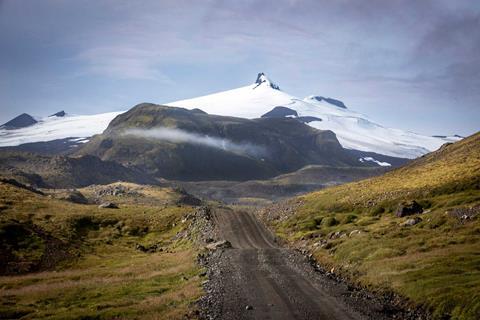
The Language: English & Icelandic
Most Icelanders speak English and Icelandic. But most signs are in Icelandic, which is hopelessly difficult to pronounce and read for most. There are letters that don’t exist in English like þ (“thorn”), ð (“eth”), and æ (these are just the lowercase). If you think you can pronounce something in Icelandic, you probably can’t. Have Google Translate on your phone to identify places and signs.
Money: ISK (Icelandic Krona)
The currency in Iceland is the Icelandic Krona, abbreviated ISK. The exchange rate is 141.81 ISK to 1 USD at the time of this writing (November 2023). Credit/debit cards are used nearly everywhere. However, if you’re using a credit card, make sure you know your PIN. And yes, your credit card has one—you’ll need it before you set foot there.
Getting There & Renting a Vehicle
Most people fly into the country’s largest airport, Keflavik (KEF), which is about 30 minutes east of the capital. Keflavik has lots of rental car agencies to choose from with cars ranging from tiny subcompact Kias and Hyundais to 4x4s such as Land Rovers, Jeep Wranglers and even Land Cruiser Prados.
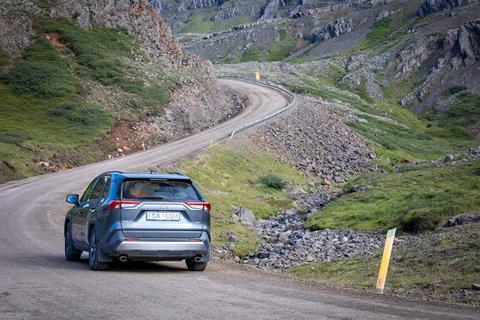
There are also specialty rentals that can provide campervans, big balloon-tired Icelandic off-roaders, and everything in between. You can even get many cars with rooftop tents. Just remember to book well in advance to get the ride you want.
Rental companies offer some unusual insurance options, such as sand/gravel and ash insurance. Remember: Iceland is highly volcanic and has lots of dirt roads. I’ve always gotten these types of coverage, just in case.
Also, if you plan on exploring the country’s more remote locations, rent a vehicle allowed on F-roads. The F in F-roads stands for fjall, which is “mountain” in Icelandic. F-roads are for higher-clearance 4WD vehicles only. Not all companies allow their vehicles to be driven on F-roads, so be sure to inquire. If you want to see some of the coolest parts of Iceland, you’ll want something that can be used on F-roads.
Also be aware that fuel in Iceland is extremely expensive. Gas is currently 317.97 ISK per liter, or about $8.55 USD per gallon. A Land Rover might only get 12 MPG whereas an AWD Toyota RAV4 might get more like 25, so plan accordingly.
The Ring Road: The Main Way Around Iceland
Highway 1 is also known as the Ring Road. This 821.5km (510.5-mile) route circumnavigates the country. You can drive it clockwise or counterclockwise. The maximum speed limit is 90k ph, or about 56 mph, but there’s a reason for this—the Ring Road is narrow, twisty and harbors a host of hazards.
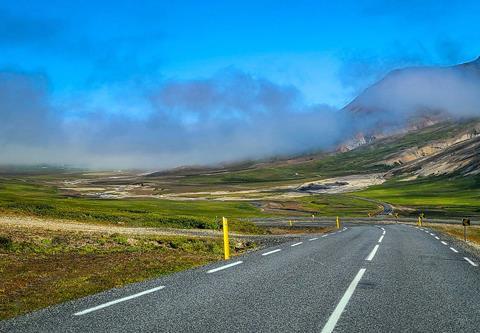
The majority of the Ring Road is two lanes with very little shoulder or runoff. Passing must be done with extreme caution. Add to it a huge number of sheep, occasional bicyclists and possible inclement weather, and the Ring Road should command your utmost attention and respect at all times. In case that wasn’t enough, there are plenty of one-lane bridges (especially the farther east you go).
Getting Off the Ring Road
The farther away from Reykjavik you get, the fewer tourists you’ll encounter. Those who do leave the metro area still generally stick to the Ring Road. Since most famous sites are not usually far off the route, getting off the Ring Road altogether can lead to a host of unforeseen treasures.
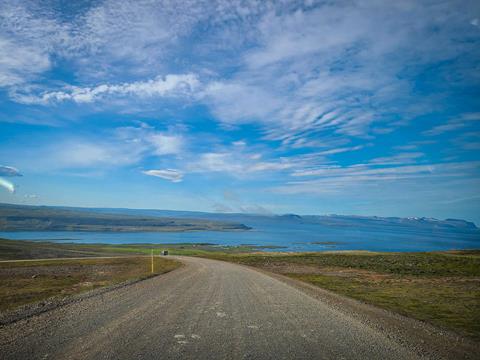
The Snæfellsnes peninsula is one such example. Located northwest of Reykjavik, it passes through charming towns including Ólafsvík and Hellissandur. There are some amazing F-roads and spectacular views around the Snæfellsjökull glacier, which is a must-see attraction.
The Westfjords are also an incredible place to witness. With a combination of pavement and gravel, these remote fjord-lined routes in the far northwest offer stunning ocean views, steep cliffs and a fairly low amount of tourists. At the top is Ísafjörður, the biggest city in the Westfjords. Cruise ships dock here, so the town looks bigger than it is, but its population is just over 2,700 people. Pro tip: Check out the Dokkan Brugghús brewery if you’re into beer and find yourself in Ísafjörður.
Route planning is very important in Iceland, even if you just stick to the Ring Road. Fuel stops aren’t as plentiful as North Americans are used to. The main stations include N1, Orkan and Olís.
Some will have decent eats, coffee and sometimes groceries. (And yes, the famed Icelandic hot dogs, or pylsur, are everywhere and delicious.) Conversely, many stations have nothing but fuel pumps. Regardless, top off the tank often, as fuel stations are few and far between off the Ring Road (or anywhere else, frankly).
Gravel Travel & Road Hazards
While the entire Ring Road is now paved, many other roads are not. Flat tires are common, so know how to change one. Also, always stay on the road—paved or not. Not doing so can lead to hefty fines.
I’d be remiss if I didn’t bring up the iconic Icelandic sheep, as they’ll commonly be on and around roads. Highly prized for their wool, these beasts all belong to a farmer somewhere. Give them a wide berth if you encounter one‚—you do not want to hit it. And, if you do, you may owe a farmer some money.

Also be cognizant of potential traffic. While the gravel routes won’t be packed full of cars, move over for oncoming vehicles.
Many areas of Iceland are remote and won’t have cell service. Having a GPS-enabled emergency device, such as Garmin InReach or SPOT, isn’t a bad idea if you’re venturing far off the main roads.
Pro tip: Getting an e-sim card at the airport can work well for your mobile service. You’ll get a temporary Icelandic phone number and data; how much depends on how much you want to spend. Note that if you get an e-sim, you can only call within Iceland, but you could use wifi calling using apps such as WhatsApp.

Another interesting Icelandic travel feature are its tunnels. Some smaller tunnels are one-way, and you may encounter signs with an M on them. This designates a place to pull off to let oncoming traffic pass.
Of all the tunnels in Iceland, none is longer than Vestfjardagöng, which is an astonishing 9.5km (5.9 miles) long. But even the shorter tunnels can be amazing feats of engineering.
If you’re going to “travel the gravel,” I’d suggest renting an AWD or 4WD vehicle with good ground clearance. You never know how bad the road might get, especially if you venture down F-roads.
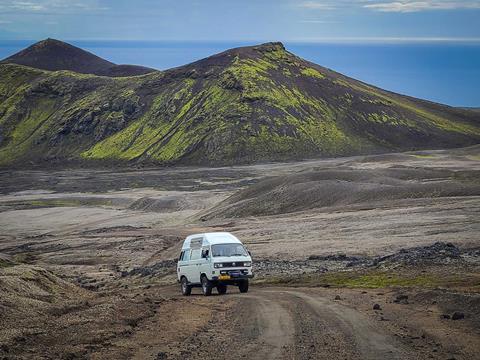
Be wary of GPS directions; I’ve had some lead me to big water crossings. Be mindful of where you take your rental, your own driving ability, and your rental agency’s policies toward water crossings and F-roads.
Where & How to Camp
Unlike most of North America, you can’t pitch a tent just anywhere in Iceland. If you’re in a camper van or a car with a rooftop tent you must camp at organized sites.
Alternatively, you can get a landowner’s permission to camp on their property. Most Icelandic campgrounds I experienced were clean, quiet and offer beautiful views.
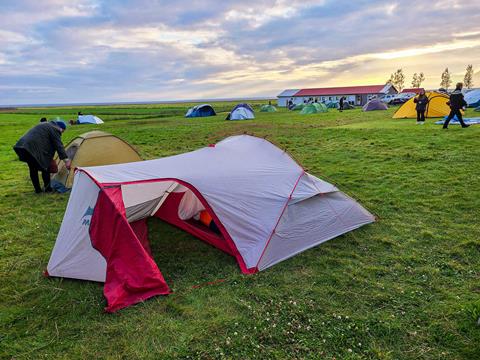
You may put up a tent along public routes in inhabited areas for one night on undeveloped land, assuming there isn’t a campsite in the immediate vicinity and the landowner hasn’t prohibited access with signs. (Confused yet?)
In my trips I haven’t yet seen this. Perhaps it happens more toward the central part of the country where I have yet to venture.
Icelandic campgrounds can run the gambit from small quaint areas with minimal amenities to large campgrounds with full kitchens, showers and big bathrooms. The website tjalda.is is a good resource for planning where you’ll want to camp (the site is available in English).
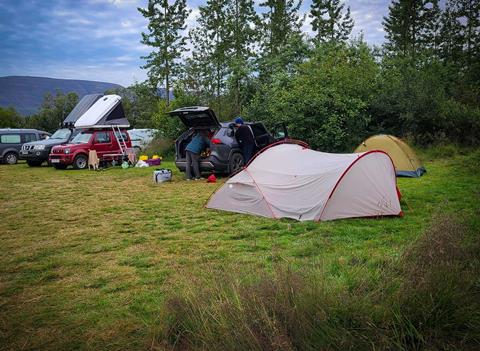
We’ve camped more than 20 nights in Iceland at campsites and have never had an issue with walk-in availability, either.
Most sites have toilets and running water, and many have basic cooking areas with a hot plate, communal kettle for boiling water, sinks and showers. Camping ranges in price from about $30 to $70 USD a night.

What to Eat & Drink
Iceland has lots of fish, lamb, and an amazing assortment of snacks and candies. While you can’t go wrong with fresh fish, find a restaurant with Kjötsúpa, simply translated to “meat soup.” With savory broth, root vegetables and lamb, this hearty dish can be just what you’d need after a glacier hike.
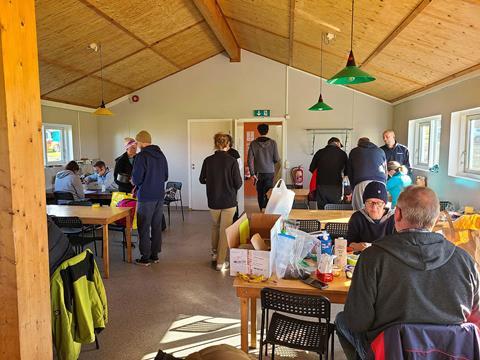
There’s also a wide assortment of snack foods we don’t get in the U.S., and Icelanders love their black licorice-flavored confections. We shopped at Bónus, one of the grocery chains, which has abundant options. Some even carry fuel for camp stoves.
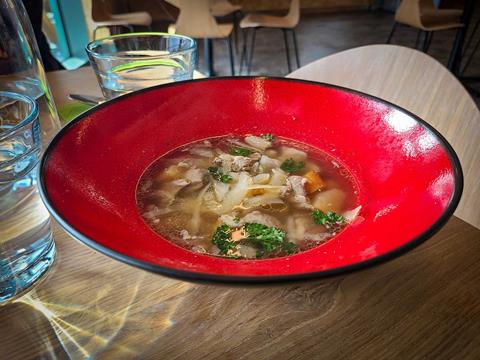
If you’re into spirits, you’re in for a treat. Iceland has all sorts of distilled drinks, some of which are amazing. However, Brennivin aquavit (aka “Black Death”) might be more of an acquired taste. One of my favorite spirits is Himbrimi Old Tom Gin.
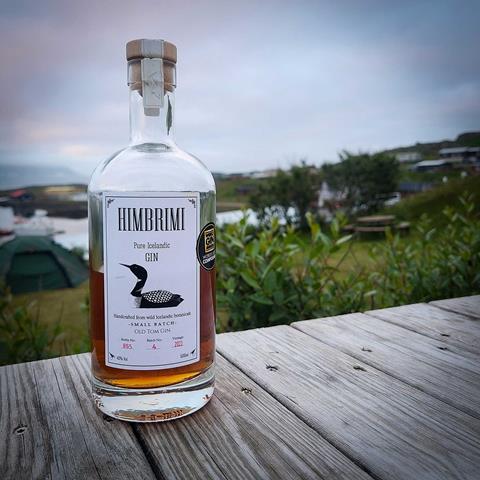
There are also black licorice liqueurs, such as Opal, and even Icelandic rum. If you’re more of a beer drinker, Viking and Einstök make some great brews. The Einstök Toasted Porter is my top choice.
Incredible Scenery, Amazing Roads, Changing Weather
Despite being the size of Ohio, Iceland has an incredibly varied landscape. One moment you’re driving among towering green hills; around the next corner, it’s volcanic, brown and barren. That might give way to a mighty glacier and towering mountains. Then, before you know it, you’re in a fjord with low-hanging clouds and whales.
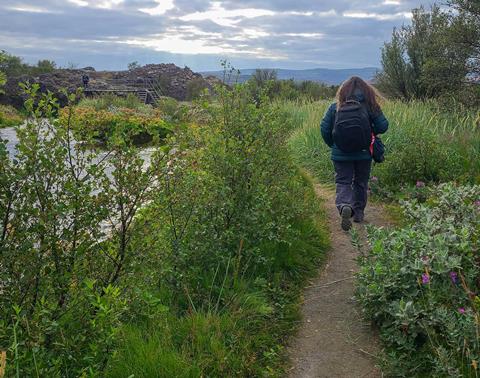
With non-stop photo opportunities, wild geography and that 90kph speed limit, travel takes time here, so plan accordingly and conservatively. But the roads in Iceland can lead to unbelievable waterfalls, glaciers, canyons, fjords and more. Be sure to explore.
Being that Iceland is an island, the weather can change on a whim. My Icelandic travels have been in July and August, generally months with the best weather. But even then it can be rainy, windy and cool with highs rarely getting out of the 50s and 60s, and lows in the 30s and 40s. Dressing in layers is a must.
Winters can be very harsh, with snow, wind and terrible road conditions. Summer is a much easier time to get around. Fun fact: The highest recorded temperature in Iceland was 86.9° F (30.5° C), logged in 1939.
Overlanding Iceland: Adventure Awaits
Traveling and camping through Iceland with a motorized vehicle can be a heck of an experience. We camped 12 nights in a row in August of 2023, and several nights in 2019. We saw massive waterfalls like Dettifoss and hiked amazing trails through Fjadrargljufur Canyon.
You can be between tectonic plates at Þingvellir National Park and visit the northeastern town of Húsavík, where Will Ferrell and Rachael McAdams starred in “Eurovision Song Contest: The Story of Fire Saga.” There’s fantastic whale watching there, too.
But to me, nothing beats finding an amazing Icelandic spot, stopping for a bit, and simply immersing yourself in the moment. Whether that’s on the shores of the Jökulsárlón glacial lagoon or at an overlook on the way to the eastern town of Seydisfjordur, there is no shortage of memories to be made while traveling in the land of fire and ice.
Access More Great Stories!
This article originally appeared in OVR Issue 07. For more informative articles like this, consider subscribing to OVR Magazine in print or digital versions here. You can also find the print edition of OVR at your local newsstand by using our Magazine Finder.


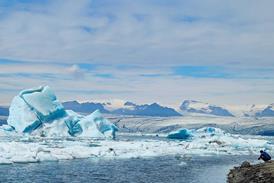
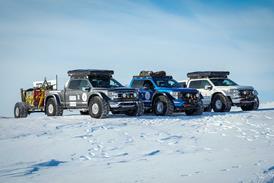
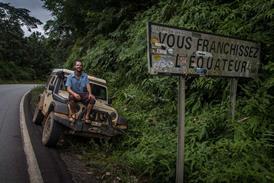
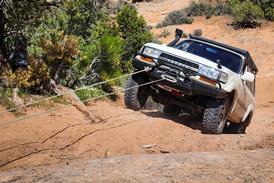
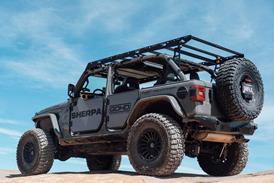
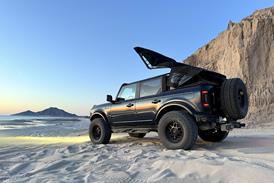


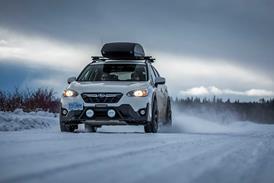
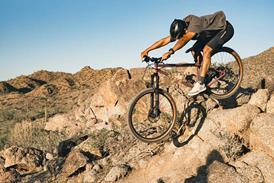
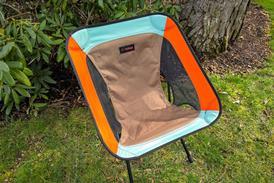
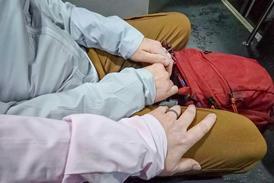

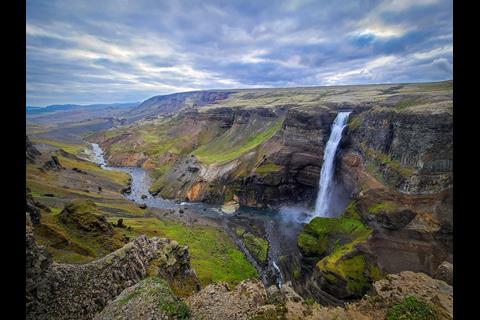
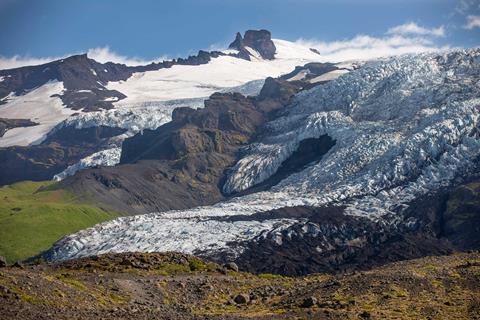

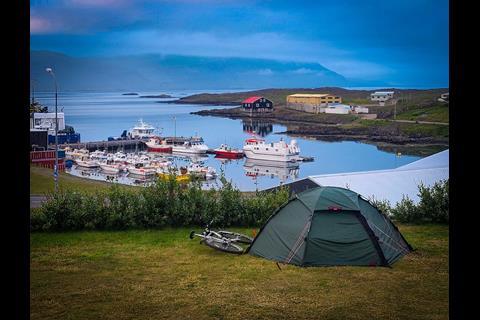
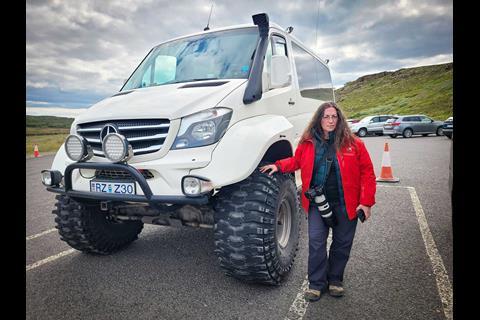






No comments yet